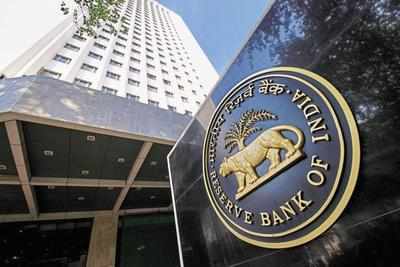Banks have been raising a large amount of funds through the Reserve Bank of India’s (RBI) liquidity window in the last two months. RBI data shows that borrowings by commercial banks from the RBI has grown by 331.6 per cent year-on-year, to Rs 1.06 trillion by mid-November. In the same period during November 2017, banks had borrowed Rs 247 billion from the RBI’s repo, reverse repo and term repo and other liquidity adjustment facilities (LAFs). Bank credit growth is up by 14.88 per cent to Rs 91.1 trillion, as of November 09, compared to Rs 79.3 trillion, one year ago. As against April this year, bank credit has grown by 7.8 per cent as of November 09. Data shows that bank borrowings from the RBI averaged between at Rs 400 billion in FY2018, culminating a whopping Rs 1 trillion being raised on March 16 and Rs 2.74 trillion raised on March 30. Whereas in FY2019, so far, the average borrowings of banks from the RBI has moved upwards to Rs 800 billion, and stands at Rs 1.06 trillion as of November 09. According to CARE ratings, Rs 1286.6 billion worth of OMO purchases took place between April 01 and November 23, of which Rs 980 billion was purchased in the last three months. Some players began to change their lending practice and improve their borrowing mix, that is relying less on commercial papers (CPs) and more on bank credit lines, external commercial borrowings and securitisation to raise funds. According to investment management firm Bernstein, while CP issuances are still low the market is receptive to clearing the CPs of NBFCs. CP issuances jumped back to Rs 1.1 trillion by the first week of November, according Bernstein. Average net liquidity deficit widened by Rs 210 billion to Rs 1.11 trillion for the week ended November 23.
Banks borrowings from RBI rise 331% to Rs 1 trn by mod-November: Data

